Don't feel that you have to focus on all of the following coaching points, you may have your own. Select the points that most closely match your overall training and session goals
Have the players perform the same exercise with a tennis ball replacing the rugby ball, return to the rugby ball before finishing.
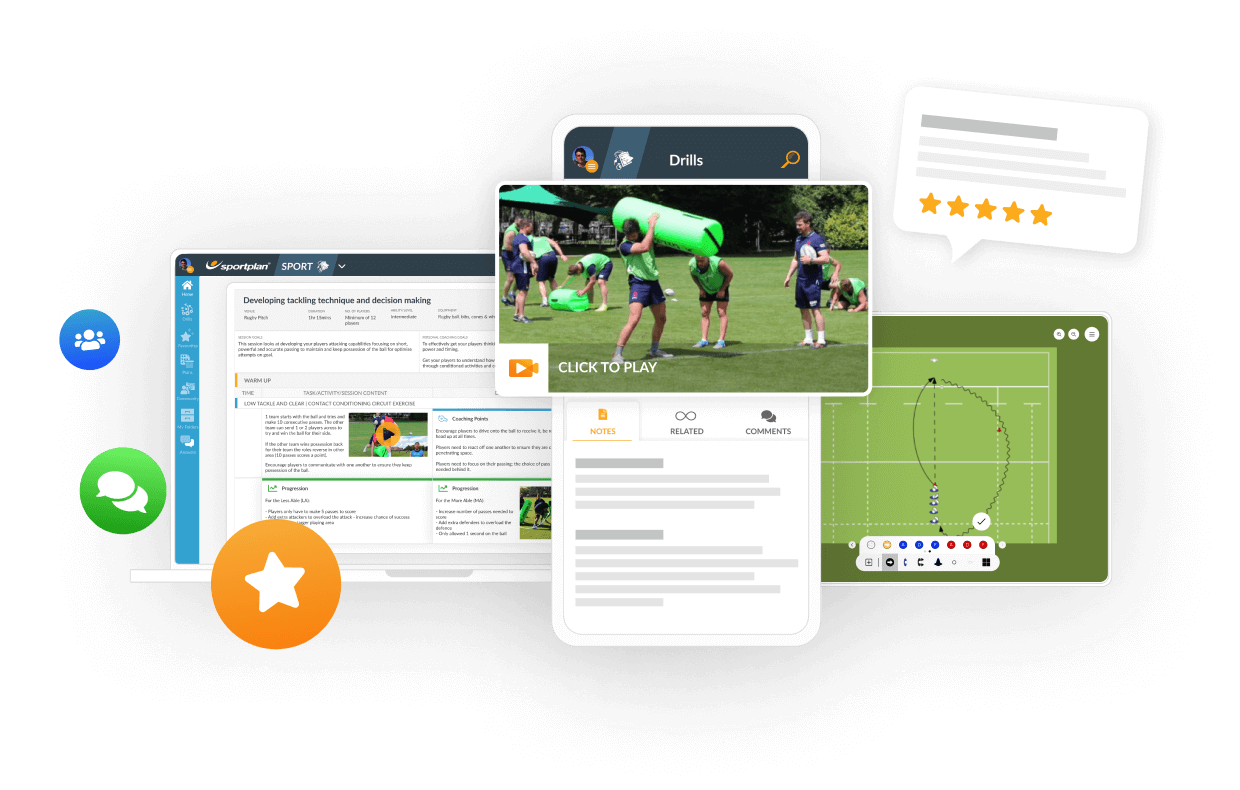
in more ways than one
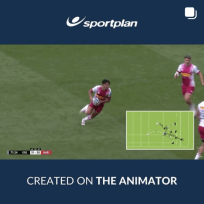
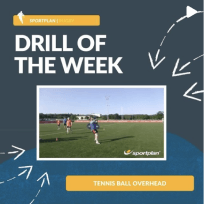
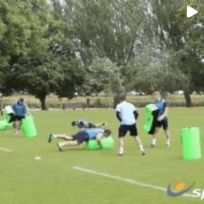

in more ways than one



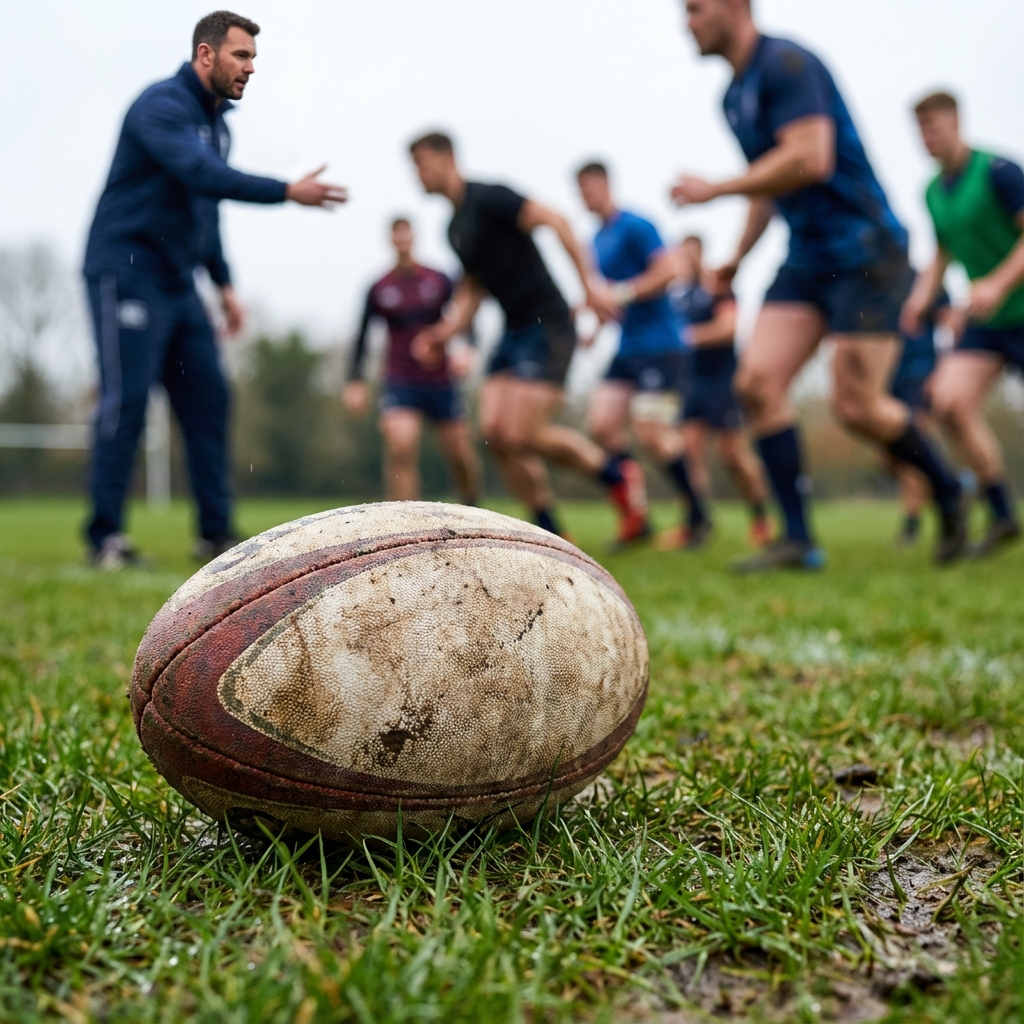
2026 brings revolutionary changes to international rugby: a brand new global tournament, historic tours, and law changes that will reshape the game. Here's everything coaches need to know.
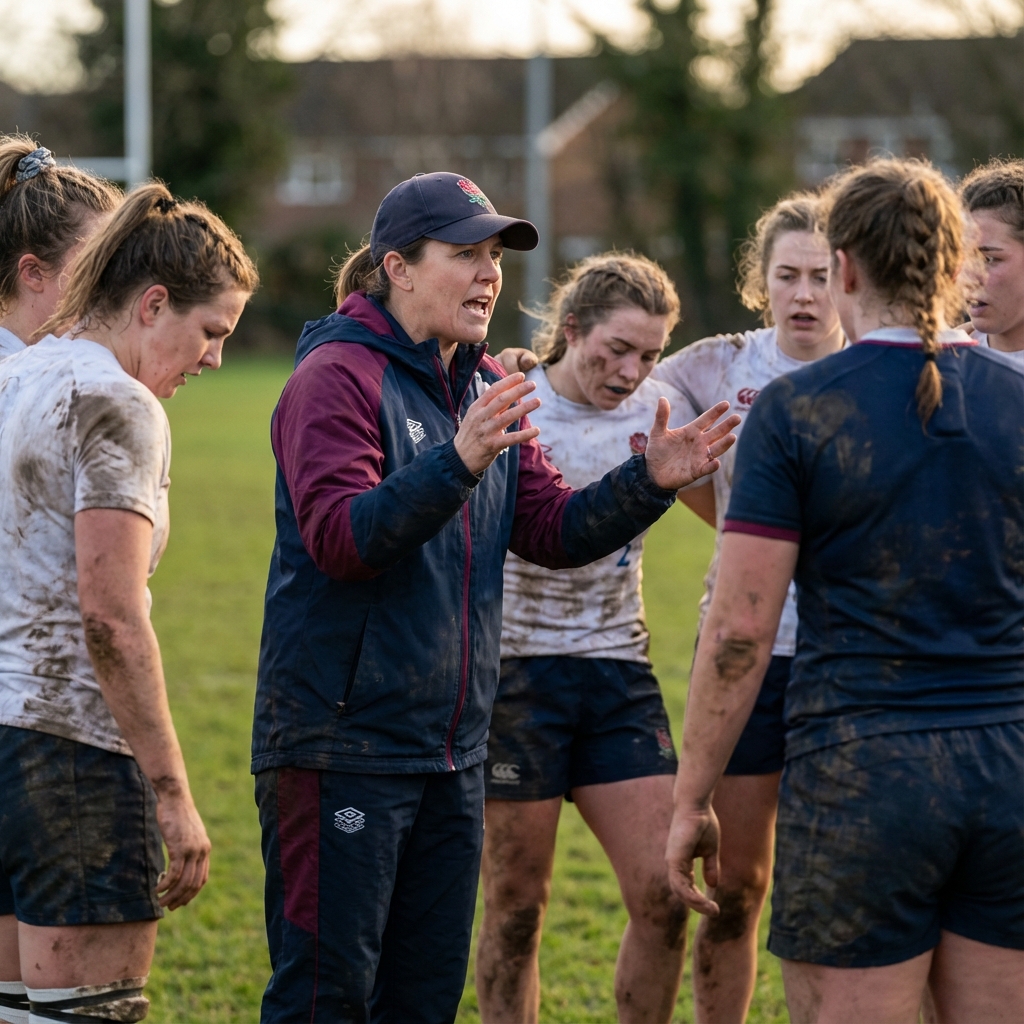
The 2025 Women's Rugby World Cup featured a record 32% female coaches - more than double 2021 figures. Here's what this growth means for the sport.
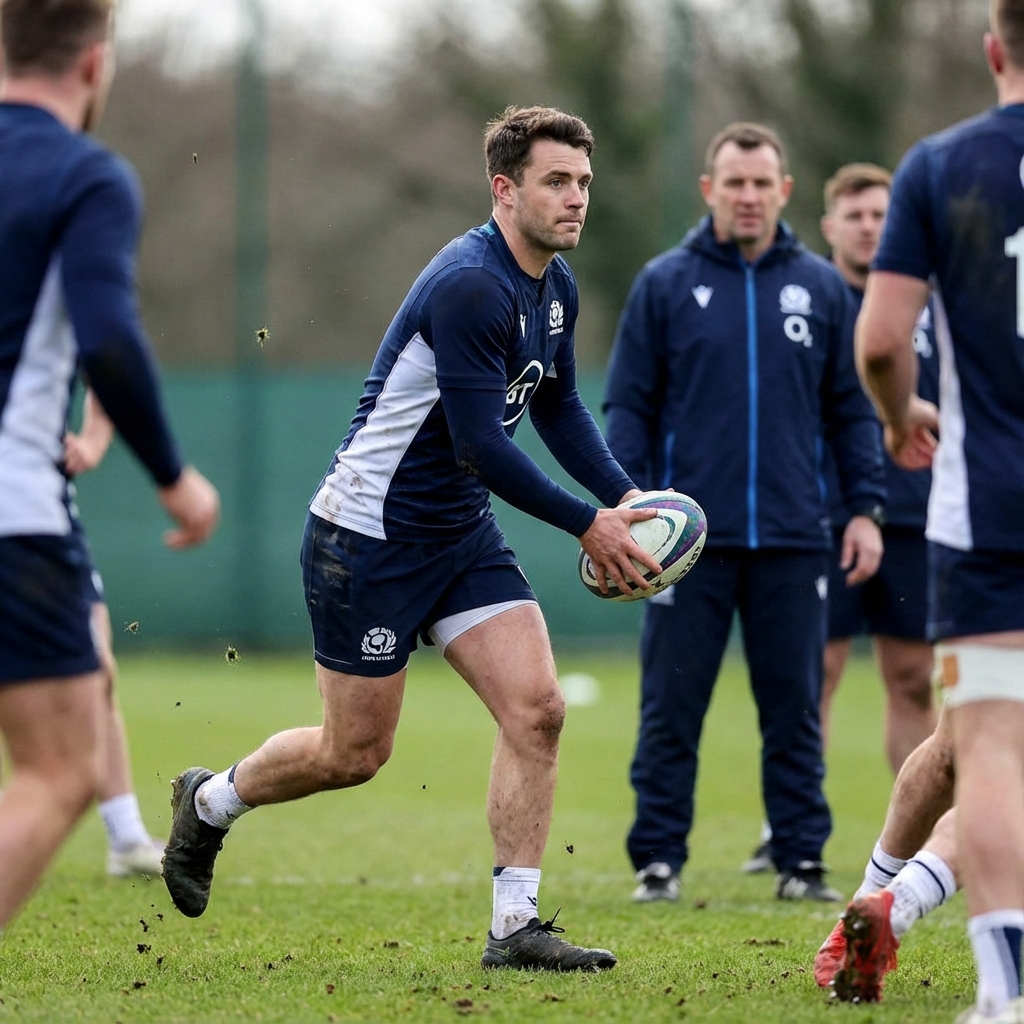
Matches are won by the team that makes better decisions under pressure. Learn how to develop game intelligence and manage critical moments.